8 GPTs for Interior Visualization Powered by AI for Free of 2026
AI GPTs for Interior Visualization are advanced tools designed to leverage the capabilities of Generative Pre-trained Transformers in the realm of interior design and visualization. These tools are adept at understanding and generating content related to interior spaces, facilitating tasks such as layout planning, design suggestion, and visual representation. Their relevance lies in their ability to process and generate human-like text and images, making them particularly useful for creating realistic and varied interior design visualizations based on textual descriptions or specific design parameters.
Top 8 GPTs for Interior Visualization are: Ai建筑设计,Pencil Sketch Drawings,Architectural 3D Rendering Enabler,3d House Design,空间设计师,Isometric Asset Creator v1.1,ConceptGPT,お友達建築パース屋
Ai建筑设计
Empowering design through AI creativity.
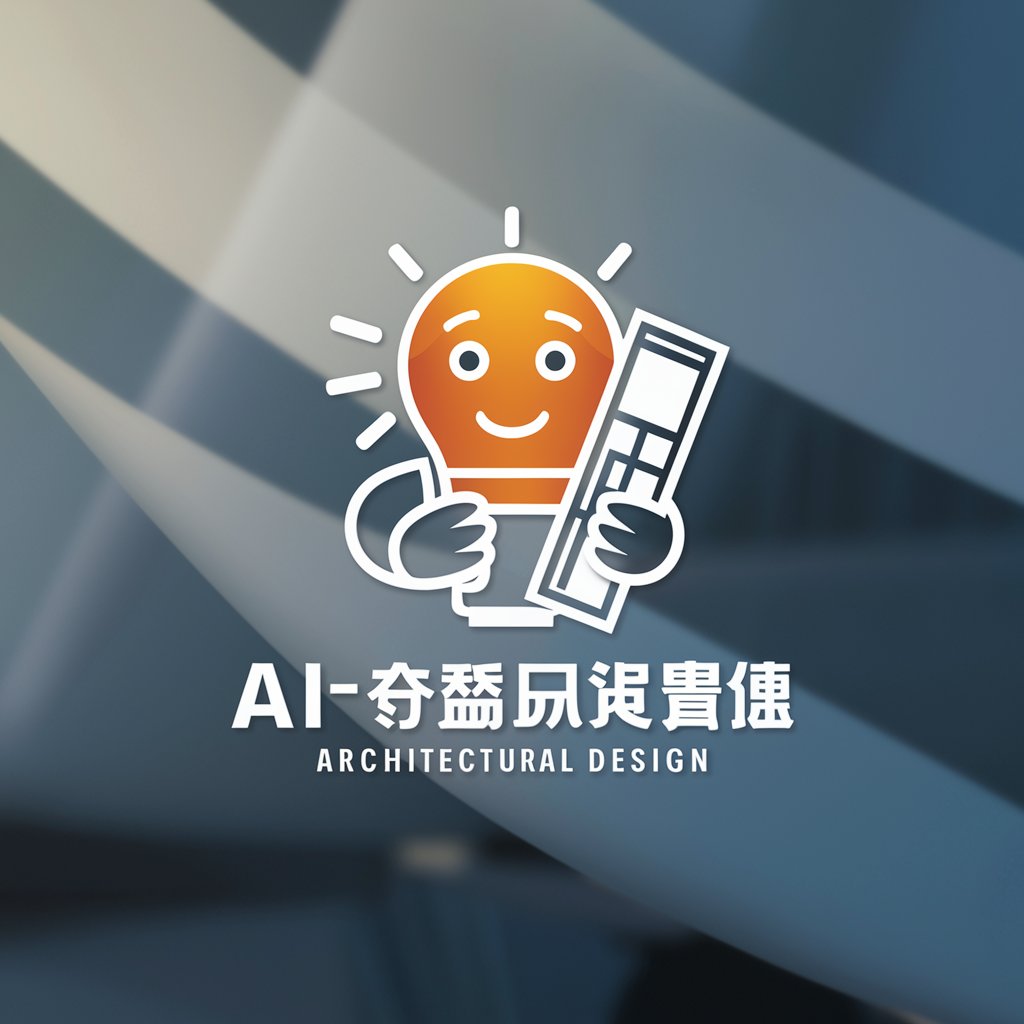
Pencil Sketch Drawings
Transform Ideas into Sketches with AI
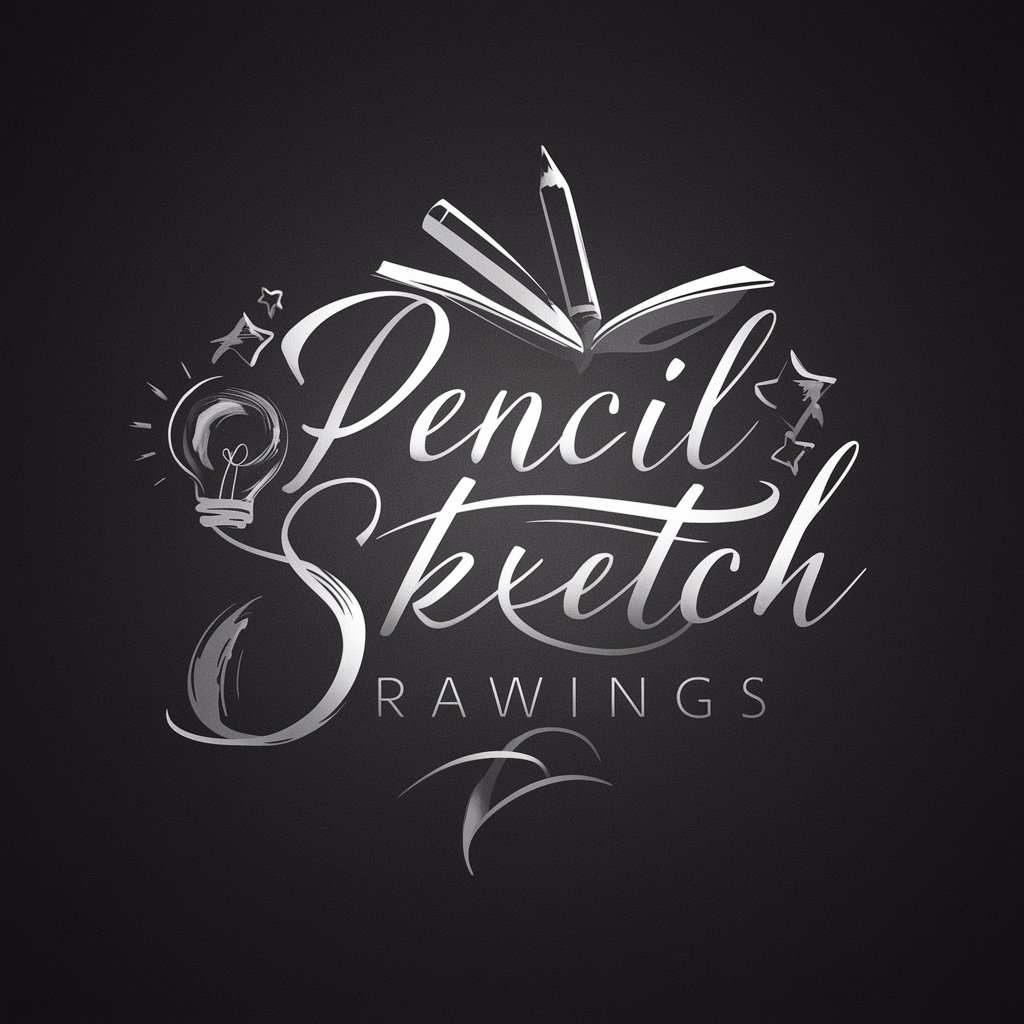
Architectural 3D Rendering Enabler
Bringing Designs to Life with AI
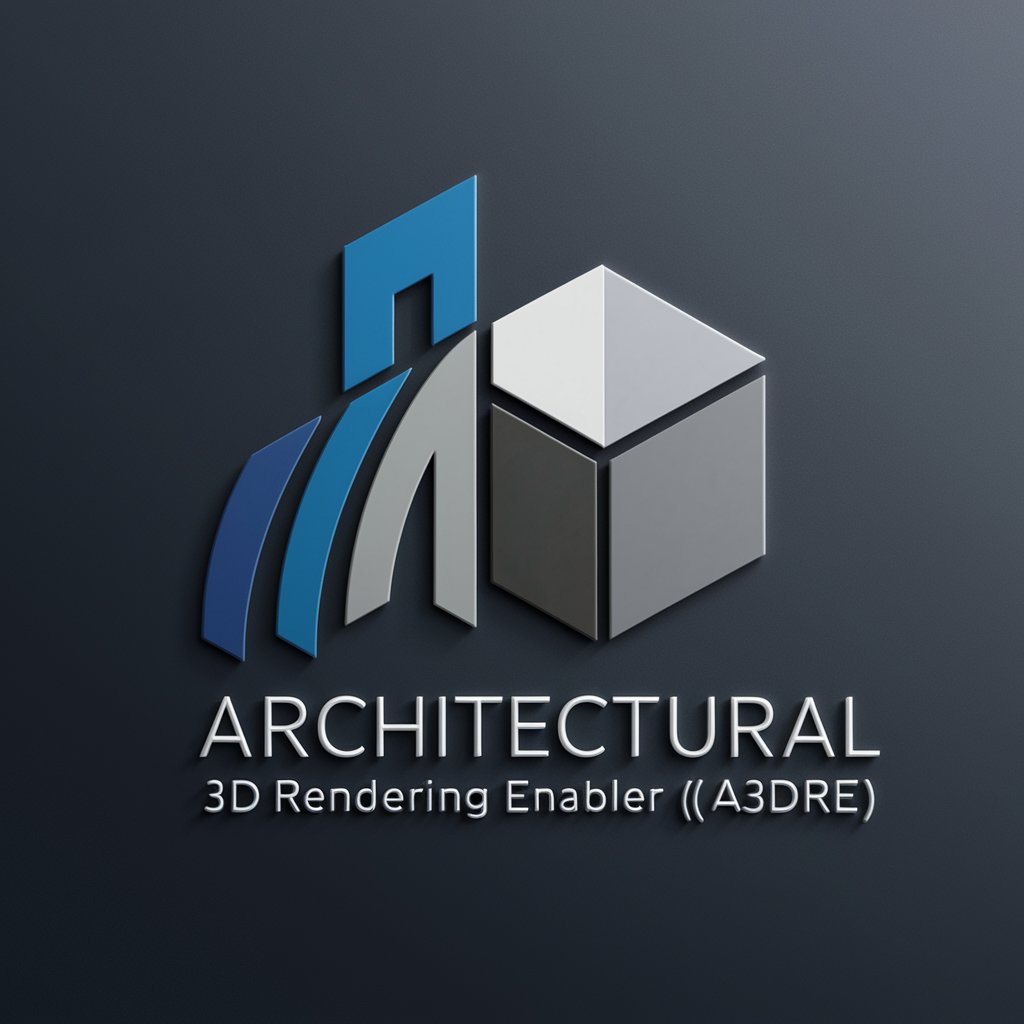
3d House Design
Design, visualize, collaborate – with AI precision.
空间设计师
Revolutionizing Restaurant Design with AI
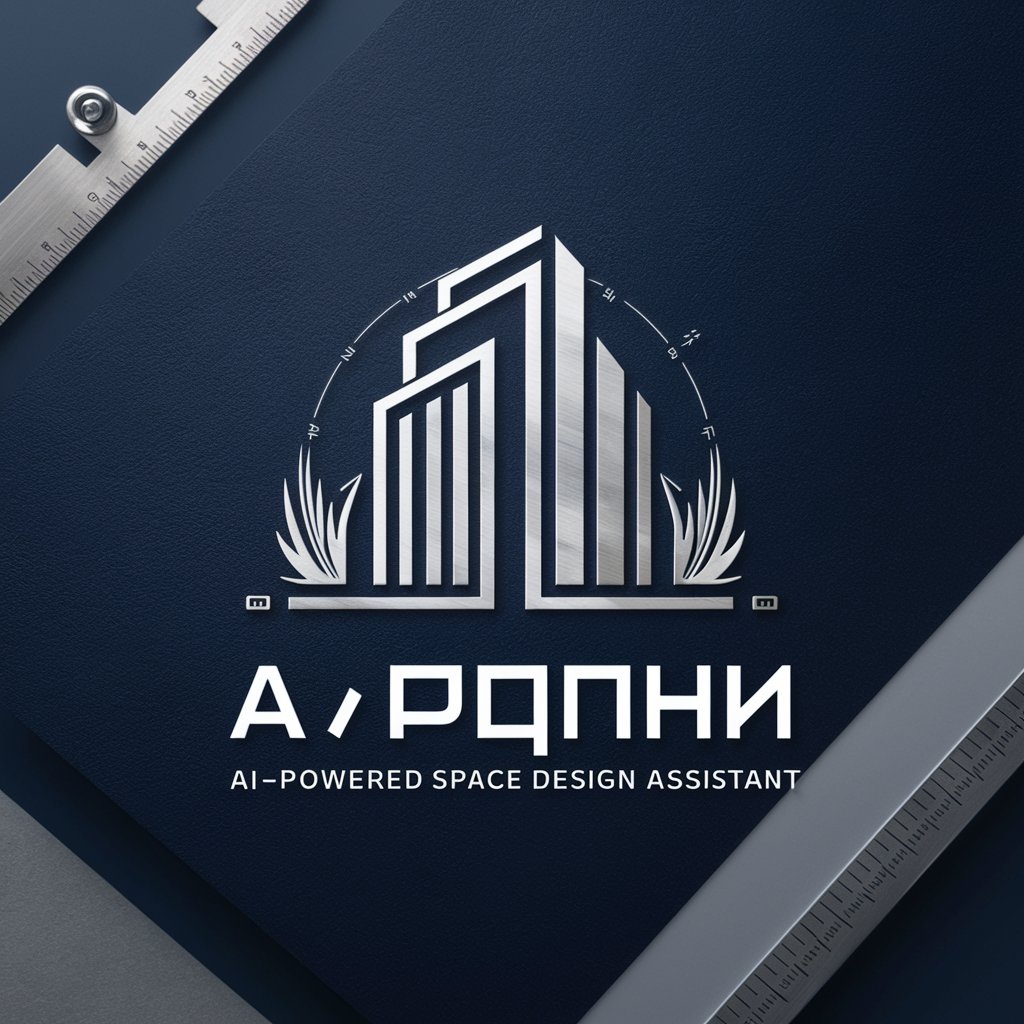
Isometric Asset Creator v1.1
Crafting Your Space with AI
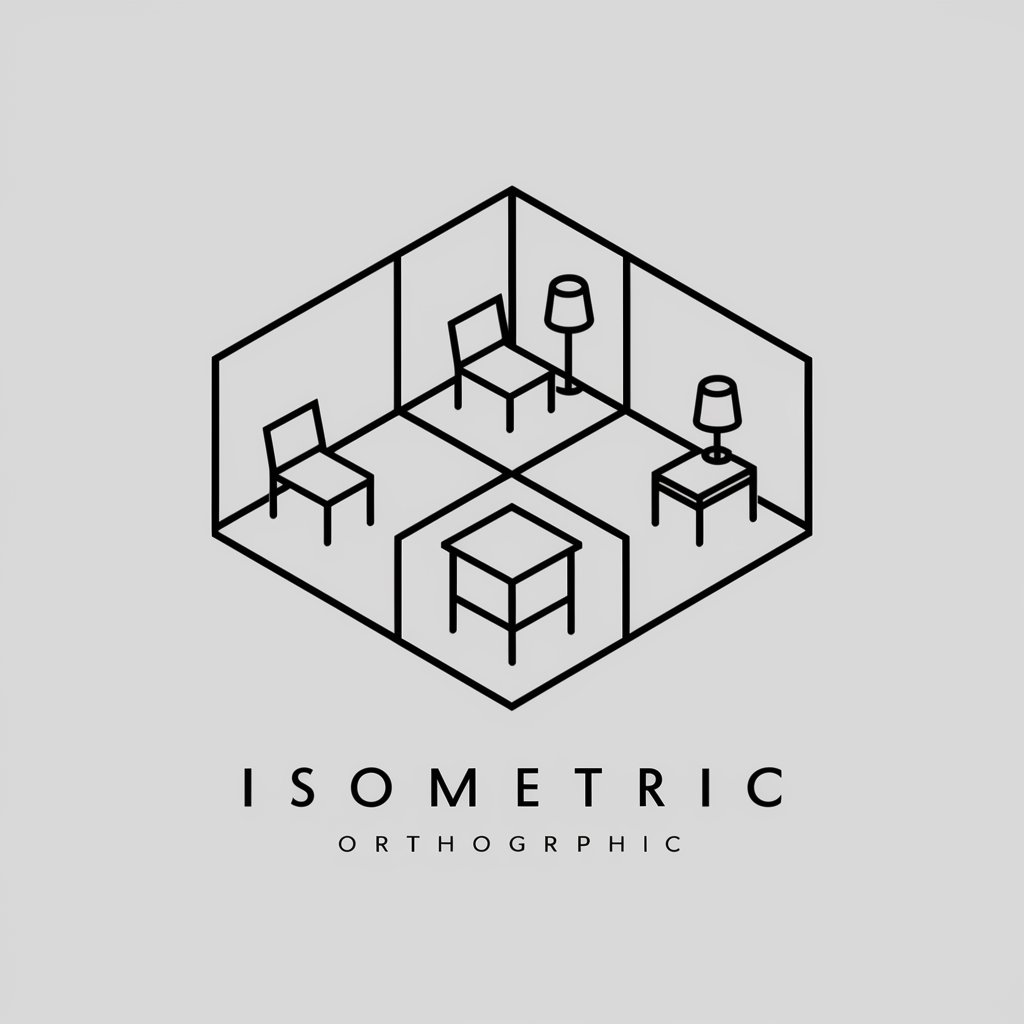
ConceptGPT
Bringing Your Ideas to Life with AI

お友達建築パース屋
AI-Powered Architectural Imagery Made Easy
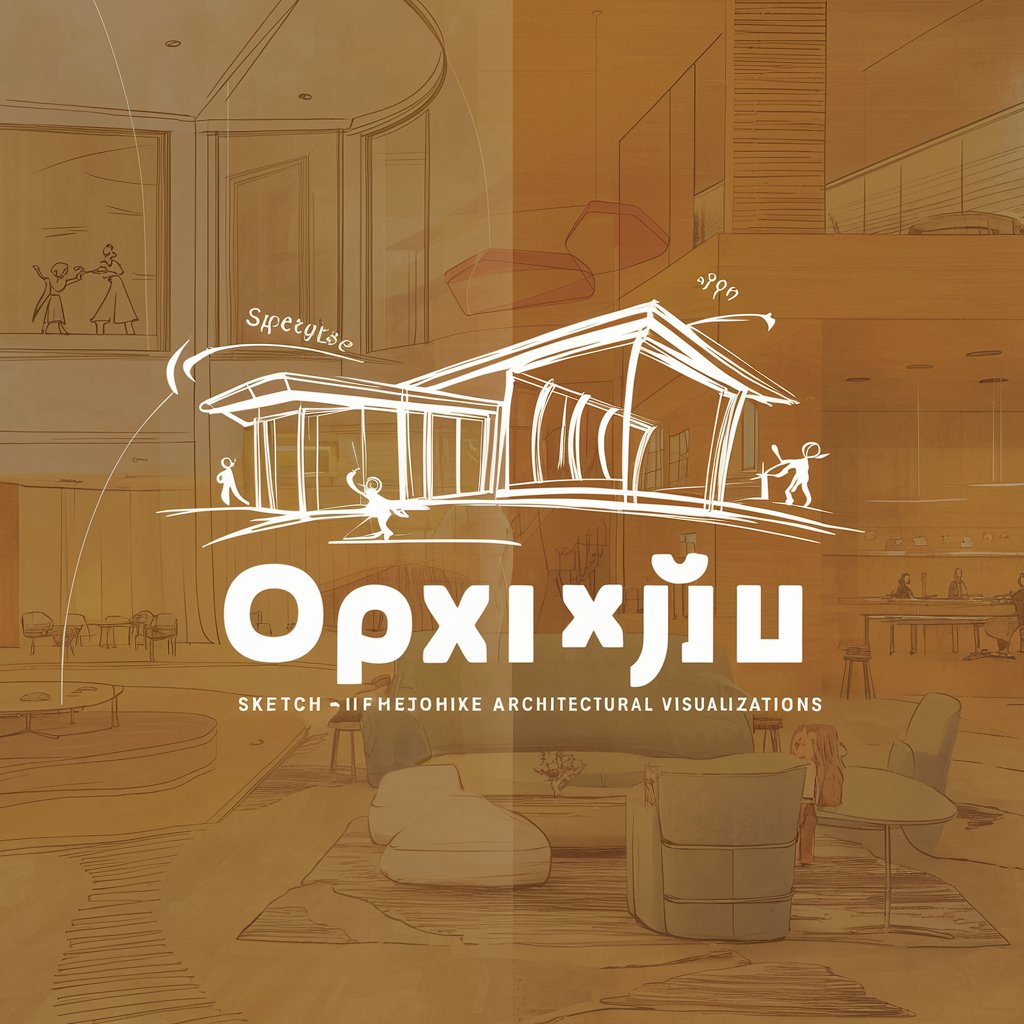
Key Attributes and Functionalities
AI GPTs for Interior Visualization stand out due to their adaptability, supporting a range from basic design suggestions to complex visualization tasks. Key features include natural language understanding for processing design briefs, image generation capabilities for creating realistic interior visuals, and data analysis for optimizing layouts and styles. These tools are also equipped with continuous learning abilities, enabling them to stay updated with the latest design trends and terminologies.
Who Can Benefit from These Tools
The primary beneficiaries of AI GPTs for Interior Visualization encompass a broad spectrum, including interior design novices seeking inspiration, professional designers looking for efficient visualization tools, and developers aiming to integrate AI-driven design capabilities into their applications. The tools are designed to be accessible to users without programming knowledge, while also offering extensive customization options for those with technical expertise.
Try Our other AI GPTs tools for Free
Ecosystem Protection
Explore AI GPTs for Ecosystem Protection: leveraging advanced AI to safeguard natural habitats, predict environmental changes, and support sustainable practices.
Website Maintenance
Discover how AI GPTs revolutionize website maintenance, offering smart, adaptable solutions for content creation, bug fixes, and site optimization, accessible to both novices and experts.
Cancer Education
Discover how AI GPTs for Cancer Education are transforming patient learning and support with tailored, accurate information on cancer care, treatments, and research.
Donation Tracking
Discover how AI GPTs for Donation Tracking revolutionize fundraising efforts, offering efficient, secure, and insightful donation management solutions tailored to meet the dynamic needs of charitable organizations.
Innovative Governance
Discover how AI GPTs for Innovative Governance are transforming government operations with advanced analytics, policy drafting, and citizen engagement, paving the way for smarter, more efficient governance.
Command Retrieval
Discover how AI GPTs for Command Retrieval revolutionize command execution with advanced AI, offering tailored, efficient solutions for diverse applications.
Enhanced Perspectives on AI-driven Solutions
AI GPTs for Interior Visualization not only streamline the design process but also enhance creativity by offering diverse and innovative design possibilities. Their user-friendly interfaces facilitate easy exploration of design ideas, while the potential for integration with existing systems ensures that these tools can complement traditional design workflows, bringing efficiency and innovation.
Frequently Asked Questions
What exactly are AI GPTs for Interior Visualization?
They are AI-powered tools that utilize Generative Pre-trained Transformers to assist in creating, planning, and visualizing interior designs through natural language and image generation capabilities.
How do these tools understand design briefs?
They use natural language processing to interpret the text, extracting key design elements and preferences to generate tailored interior visualization suggestions.
Can I use these tools without any coding skills?
Absolutely. These tools are designed for ease of use, allowing individuals without programming backgrounds to generate interior designs and visualizations through intuitive interfaces.
Are these tools capable of generating realistic images?
Yes, they can generate highly realistic and contextually relevant interior images based on textual descriptions or specific design parameters.
How customizable are these GPTs for specific design needs?
They offer a high degree of customization, enabling users to specify detailed design requirements and preferences that the tool will use to generate tailored suggestions.
Can professional designers benefit from these tools?
Professional designers can significantly benefit by using these tools for rapid prototyping, exploring design alternatives, and visualizing design concepts efficiently.
Is it possible to integrate these tools into existing design software?
Yes, many of these tools offer APIs and integration options, allowing them to be seamlessly incorporated into existing design workflows or software suites.
Do these tools learn and adapt to new design trends?
Thanks to their machine learning foundations, these tools continuously learn from new data, enabling them to adapt to evolving design trends and preferences.